
Discover India by Destination
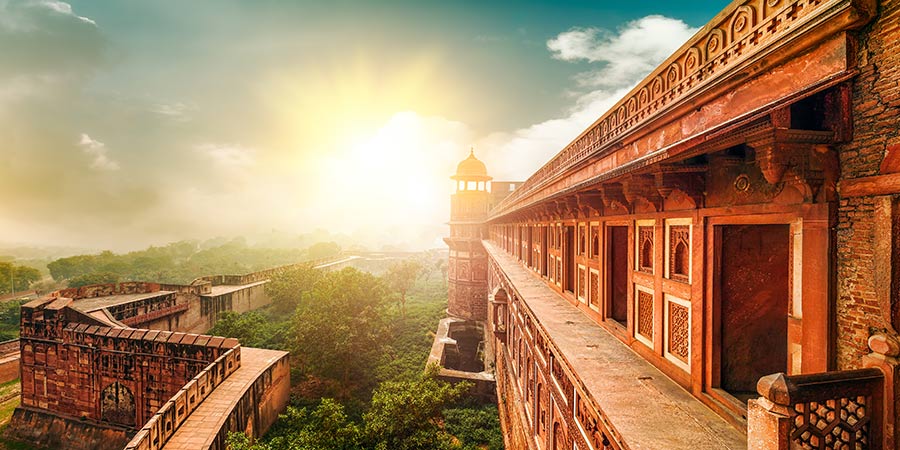
Agra
Also known as Akbarabad, the city of Agra is located on the banks of the Yamuna River. Agra is a former capital of the Mughal Empire (1526-1658) and is now most famous for the incredible buildings that were built during the Mughal era - in particular the Taj Mahal, Agra Fort and Fatehpur Sikri, all three of which have been granted UNESCO World Heritage status.
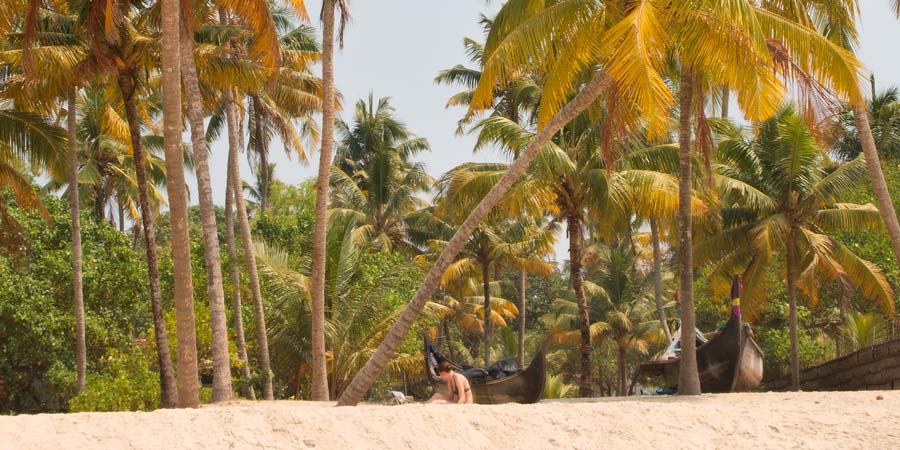
Alleppey
Situated in an area of outstanding natural beauty on the shores of the continually-warm Laccadive Sea in Kerala, south west India, Alleppey is renowned for its network of canals, which prompted the former Viceroy of India, Lord Curzon, to pronounce this historic and charming town "the Venice of the East".
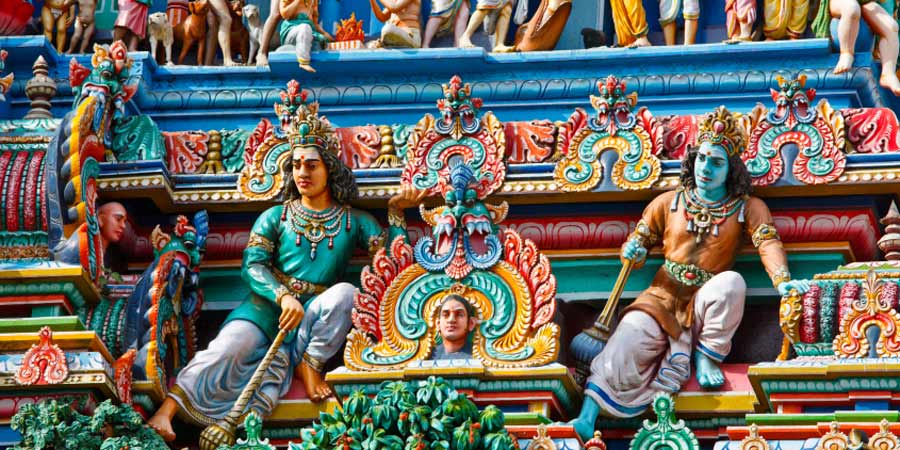
Chennai
Formerly known as Madras, Chennai began as a collection of villages, which were transformed by the arrival of the British East India Company who built a factory and created a trading port here in 1693. The British developed it as a major naval base and an urban trading centre - by the start of the 20th century Madras was a vital administrative hub for the region.
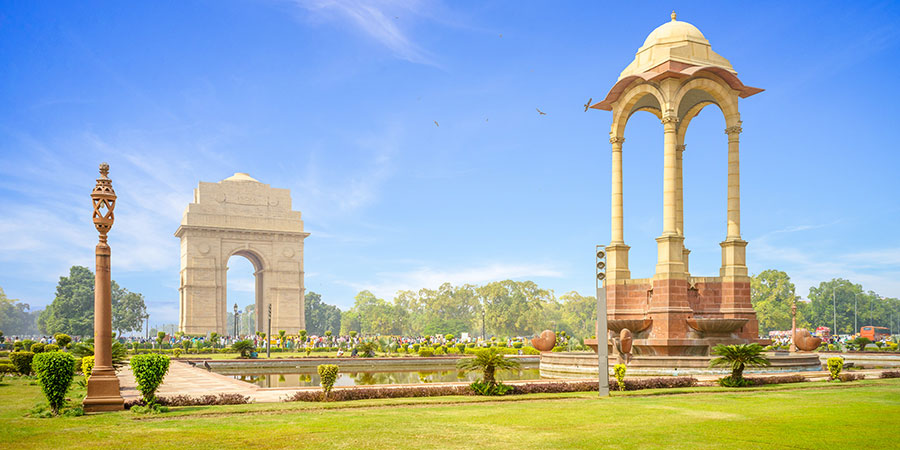
Delhi
India's capital is an international metropolis, one of the oldest existing cities in the world symbolising old and new India. Historic Delhi is said to consist of seven successive cities, with British-built New Delhi making an eighth. New Delhi was built by the British to be the capital of their empire's key possession.
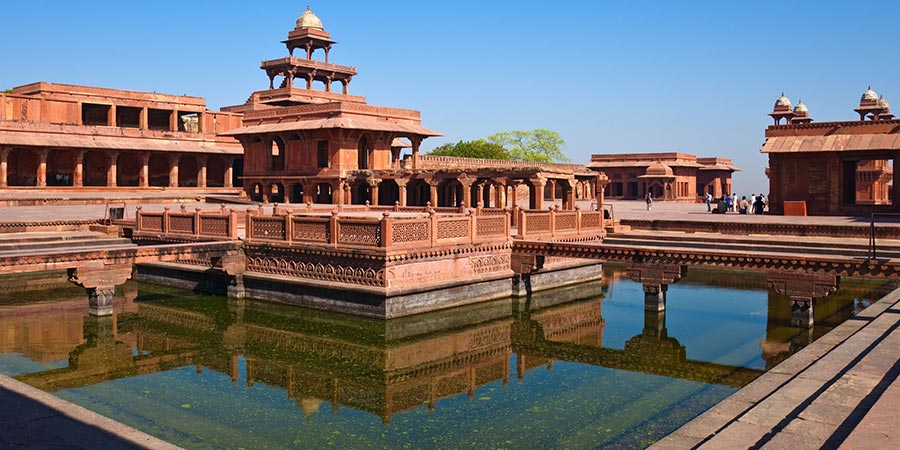
Fatehpur Sikri
This ancient red sandstone city was built in the 16th century as India's then political capital, by Mughal Emperor Akbar. Originally known as Fatehabad, Fatehpur Sikri was abandoned only 15 years after being constructed, due to the limited water supply, which was unable to sustain the growing population. The capital was relocated back to Agra leaving Fatehpur Sikri preserved as a medieval fortress of red sandstone.
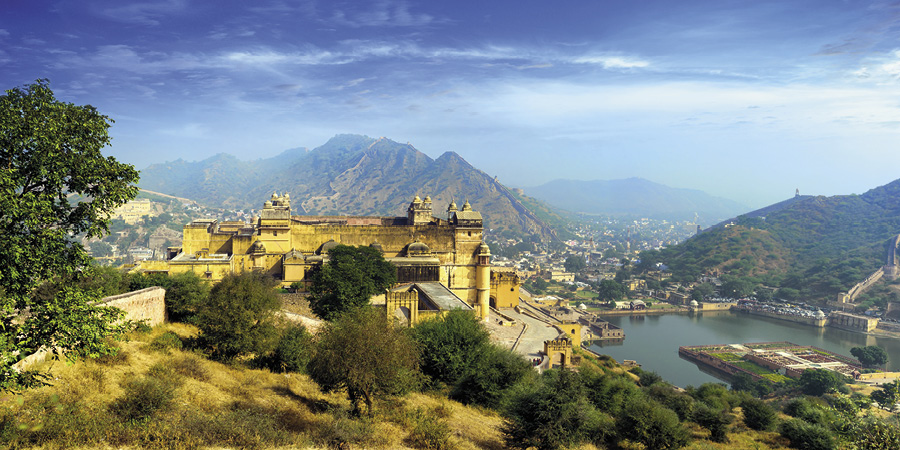
Jaipur
One of the best-planned cities of the world in its time, Jaipur is the capital city of Rajasthan, popularly known as the Pink City, founded by Maharaja Sawai Singh II in 1727 AD. Following independence, Jaipur merged with the states of Mewar, Bikaner, Jodhpur and Jaisalmer, and became state capital of Rajasthan in 1956. Jaipur is known for its striking buildings and sights, including the magnificent Amber Fort, one of three ancient hilltop forts that dominate the hills above Jaipur, along with the imposing Palace of the Winds, and the fascinating observatory, which consists of fourteen large geometric structures designed for astronomical measurement.
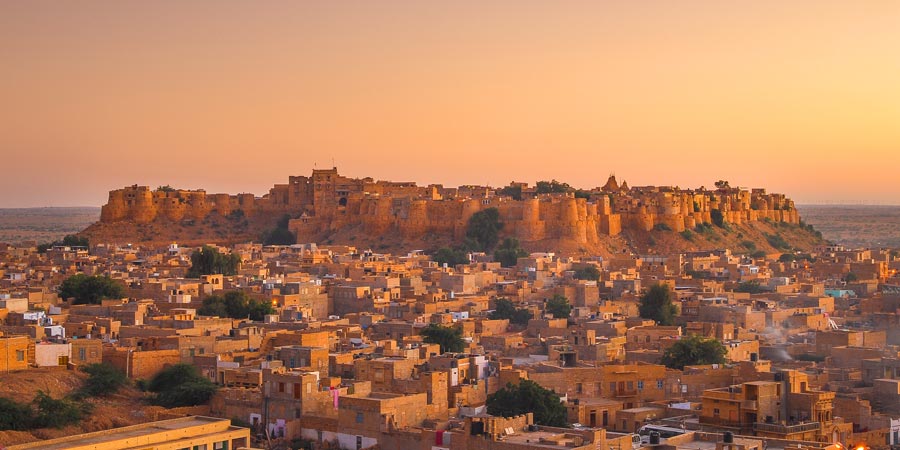
Jaisalmer
In the heart of the Thar Desert lies Jaisalmer, a fairytale desert town whose sand-yellow ramparts rise out of the arid desert. The walled town was founded by Rawal Jaisal in 1156 and exists now as both a popular tourist destination and a thriving hub of local trade and tradesmen. Residents from outlying villages comfortably outnumber foreigners in the bustling bazaar.
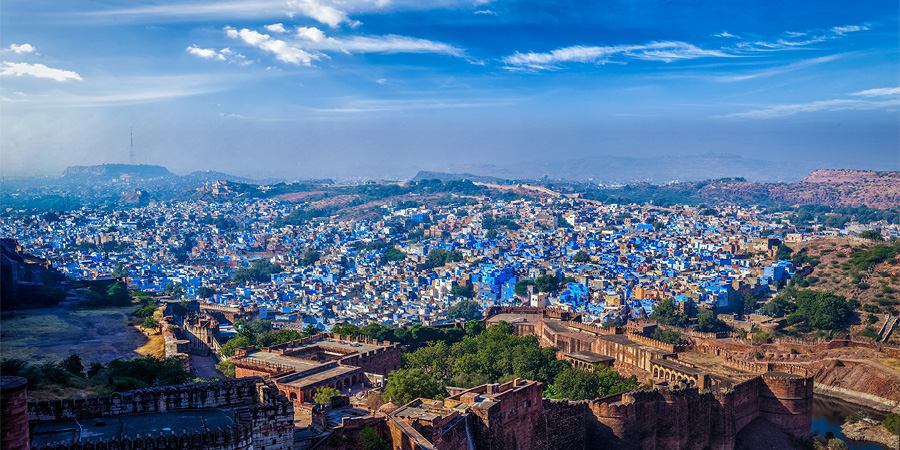
Jodhpur
Jodhpur, known as the "Blue City", is ringed by a high stone wall, with seven gates and several bastions. Jodhpur is the second largest city of Rajasthan, founded by Rao Jodha in 1459 AD, known for its rock-solid Mehrangarh Fort. The grand palaces within are impressive examples of architectural excellence. Near the fort complex is Jaswant Thada and a group of royal cenotaphs made of white marble. While in Jodhpur you may shop for exquisite handcrafted items including the famous riding breeches, embroidered shoes, metal curios, silverware, paintings and tie-dye fabrics.
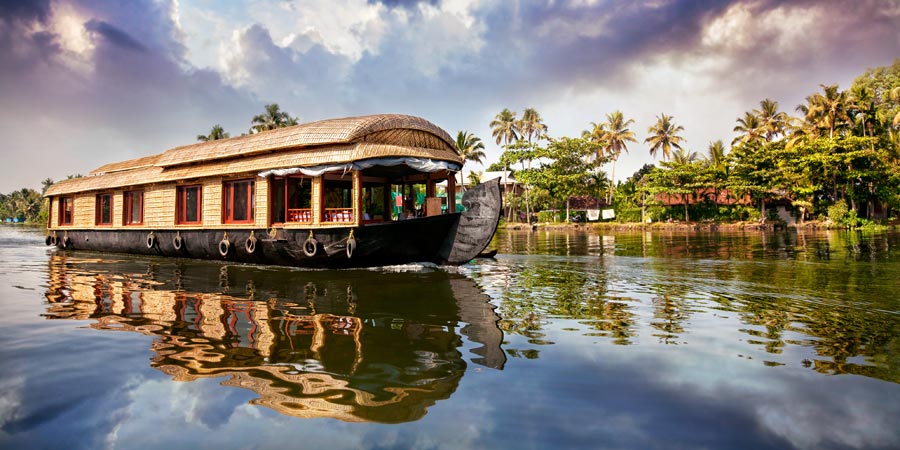
Kerala
Self-proclaimed to be 'God's own country', the coastal state of Kerala in south west India at least has some justification for the boast. A region brimming with highlights, within this sunkissed strip of fertile land visitors will find exquisite ancient Hindu temples and a rich legacy of European colonial architecture. Here too are uncrowded and unspoilt white sand beaches and warm seas and a host of traditional and welcoming villages, towns and cities each with its own charm and character and surrounded by some of India's most breath-taking scenery from mountain ranges and rainforests to rice paddies and inland lakes and waterways.
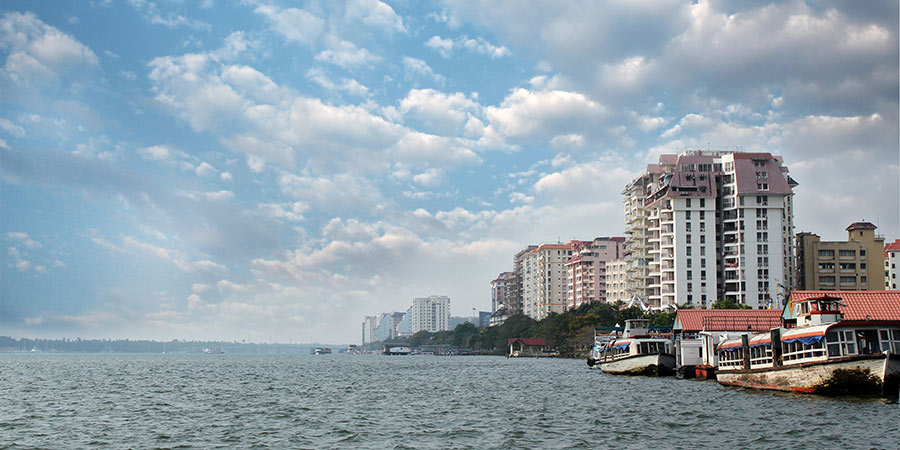
Kochi
Located on the Arabian Sea, Kochi is an important port for the state of Kerala and is one of India's most beautiful coastal cities. Its strategic location has made it an important industrial hub for Kerala, formerly as a vital port for the spice trade.
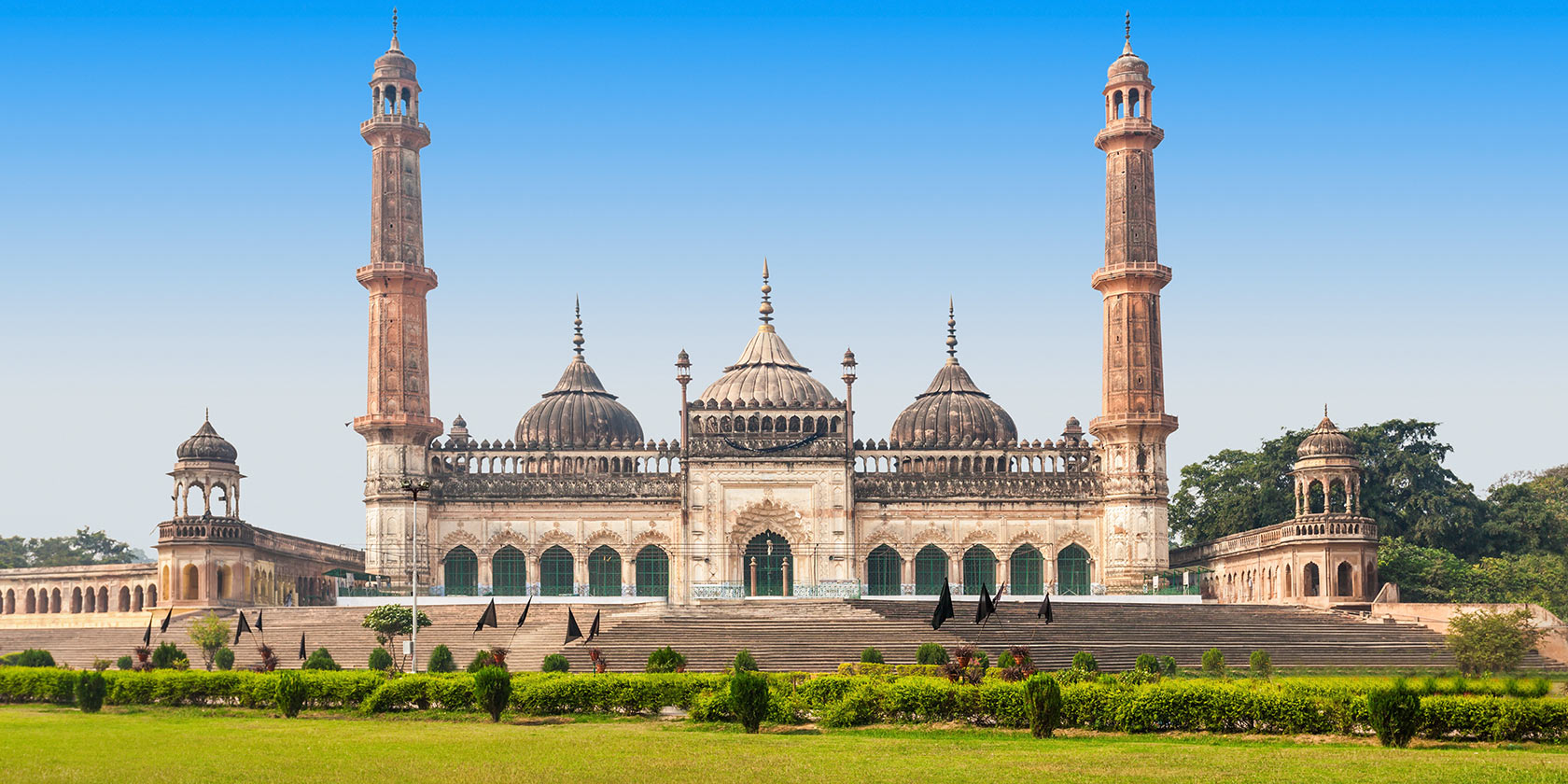
Lucknow
The sprawling yet exhilarating metropolis of Lucknow, capital city of the state of Uttar Pradesh, has long been regarded as the cultural and artistic heart of northern India, a legacy which began in 1722 with the first Nawab (a governer appointed by the Mughal Emperor) of the city. The successive Nawabs of Lucknow were renowned for their refinement and etiquette and for their patronage of the arts including dance, poetry, music, cuisine and design. Today, Lucknow retains this devotion to civilised behaviour, culture and the arts making the city an exceptionally welcoming and rewarding city to explore.
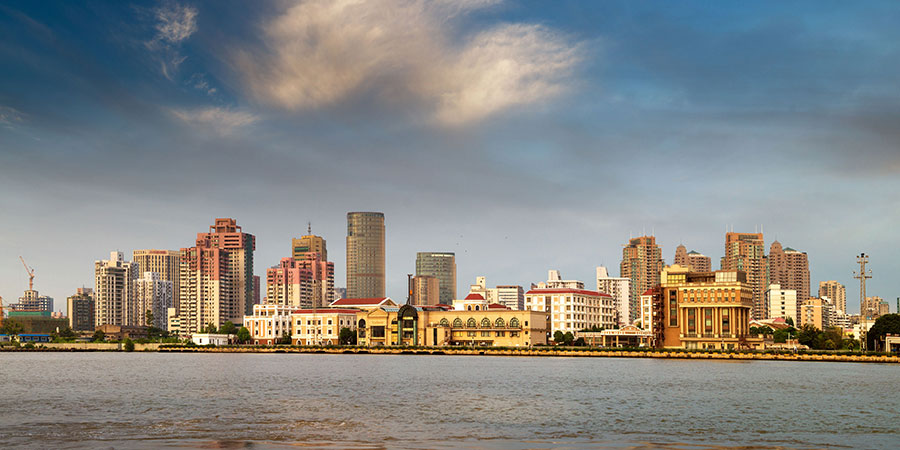
Mumbai
India's financial capital, located on the west coast, originally consisted of seven individual islands inhabited by small fishing communities, which have since joined together and grown into this cosmopolitan city, known today as Mumbai. Called Bombay until 1995, the city was developed during the mid 18th century, developing into India's trading post. In 1947 India became independent, creating the new state of Maharashtra with Bombay as the capital.
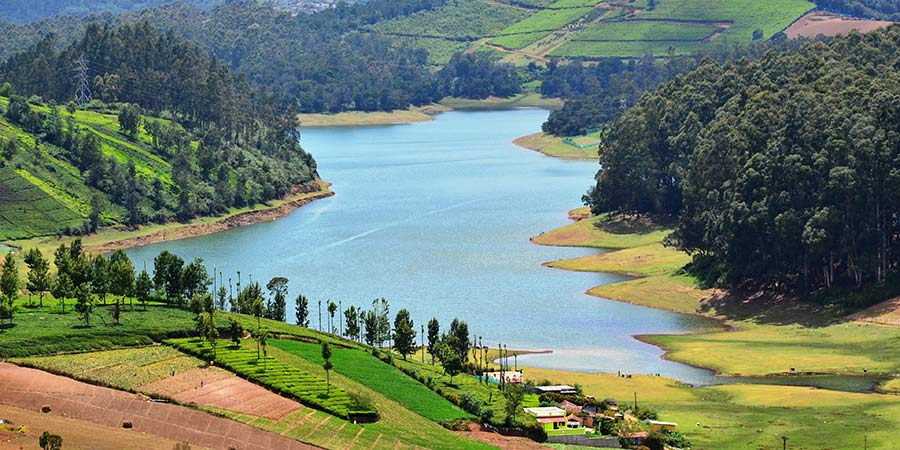
Ooty
The popular hill-station of Ooty (short for 'Ootacamund') is located in the "Blue Mountains", also known as the Nilgiris Mountains. Ooty was founded by the British and was used as a weekend retreat for British colonial rulers. It also served as the summer headquarters of the Madras Presidency, as it offered somewhere cooler during the fiercely hot summer months.
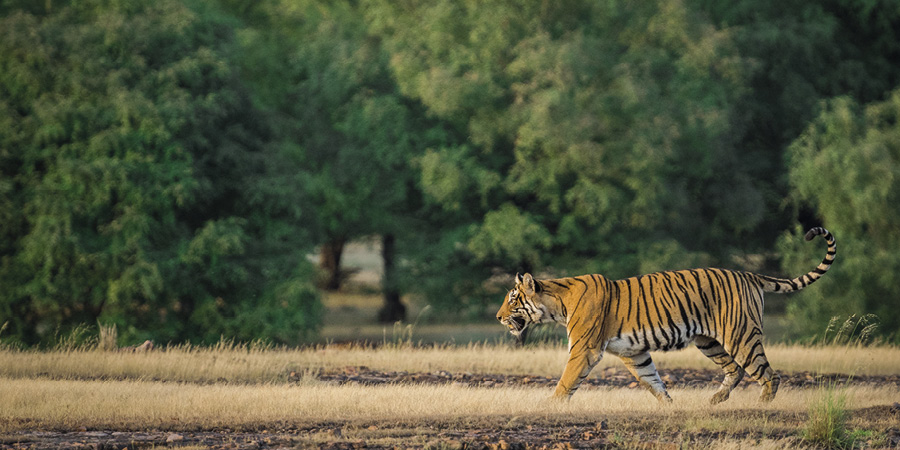
Ranthambore National Park
One of the largest national parks in India, Ranthambore is located 81 miles (130 kilometres) from Jaipur, in the Sawai Madhopur District of southeastern Rajasthan. The National Park is home to the ruins of a 10th century fort and a wildlife sanctuary, considered to be the country's best for observing and photographing the activities of the tiger. The park covers an area of 151 square miles (392 square kilometres) and is home to more than 300 species of birds. Whilst tiger sightings are not guaranteed, Ranthambore National Park is about the only place in India where tigers are still found in the wild. Keep your eyes open for crocodiles, deer and monkeys too.
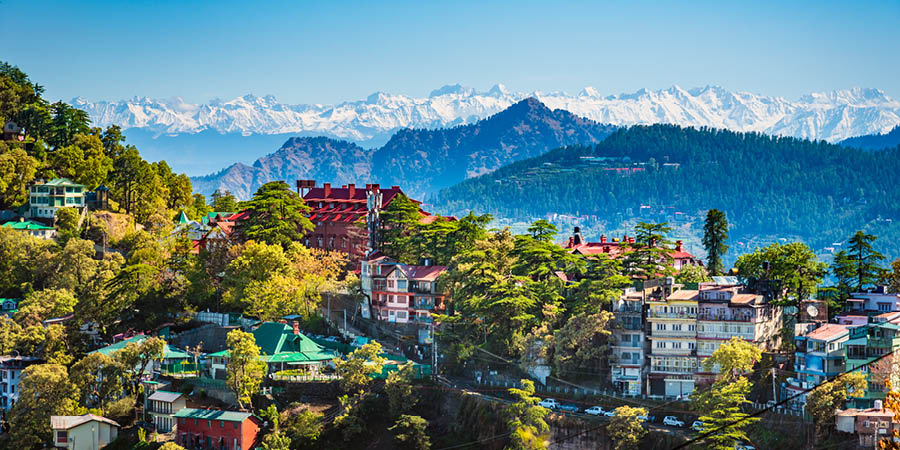
Shimla
Shimla takes its name from its patron goddess, called Shamla Devi. The town was 'discovered' by British surveyors in 1817. The gleaming reports of its beauty and favourable climate soon spread, and by the 1830s Shimla was - for most of the British people living there - the most fashionable summer resort in India. In 1864, it came as little surprise when the Government of India declared Shimla as their official headquarters during the hot season.
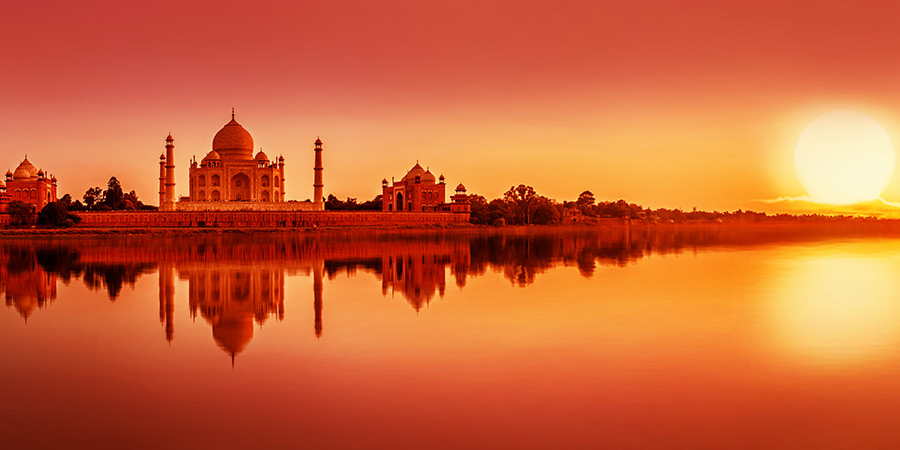
The Taj Mahal
The Taj Mahal, located in Agra on the right bank of the Yamuna, is a pristine monument of undying love. Emperor Shah Jahan built the temple in memory of his beloved queen Mumtaz Mahal, between 1631 and 1648. The Taj Mahal is now considered the jewel of Muslim art in India as well one of the Seven Wonders of the World. The Taj Mahal stands in the north end of the Mogul garden, where the pure white marble shimmers silver in the moonlight and glows softly pink at dawn.
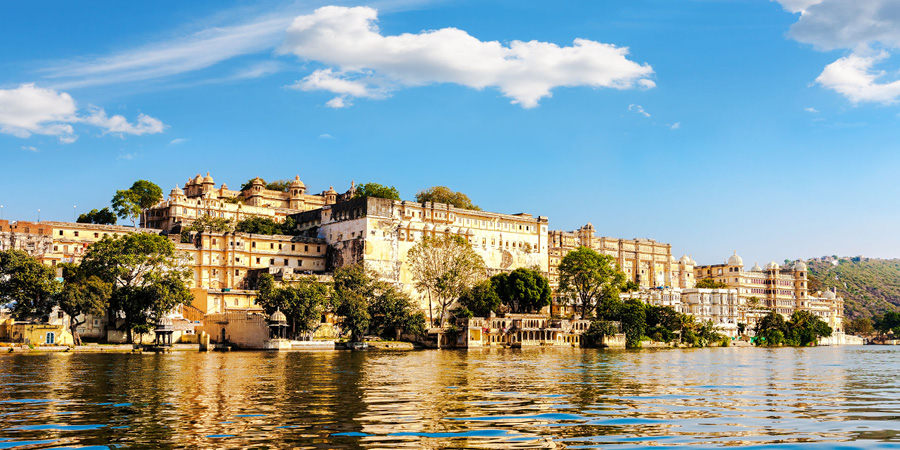
Udaipur
Set on the shores of the pristine Lake Pichola, Udaipur is surrounded by the Aravalli Ranges of Rajasthan. Often referred to as the City of Lakes, the city was founded by Maharana Udai Singh of Mewar, after the Sisodia dynasty was driven away by the Mughals. The famous City Palace, a majestic white monument, stands on the banks of the lake. Originally built by Mahrana Uday Singh II, the elegant palace built entirely in granite and marble, rises nearly 100 feet (30 metres) above Lake Pichola boasting fantastic panoramic views over the surrounding countryside.
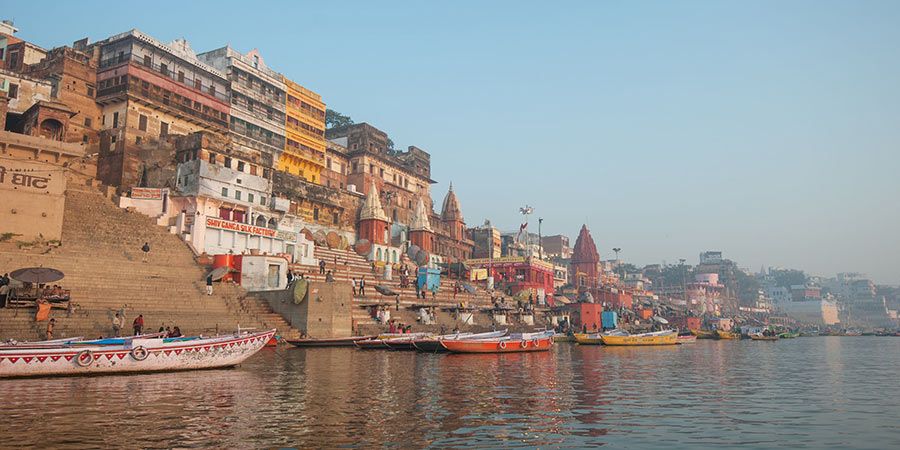
Varanasi
A sacred city of the Hindus, Varanasi is one of the oldest continuously inhabited cities in the world. The city attracts hundreds of thousands of Hindus on pilgrimages; one of Varanasi's most famous sights is the Holy River Ganges - and more specifically, the sight of hundreds of Hindu pilgrims bathing in the river at sunrise in front of one of the many wonderful temples. The banks of the Ganges are lined with 'ghats', the word for the series of steps that lead from each riverside temple to the edge of the water. Varanasi is also famous for the production of fine silk; there are shops, stalls and factory outlets throughout the city. As with any purchase in India, shop around and barter the price down.